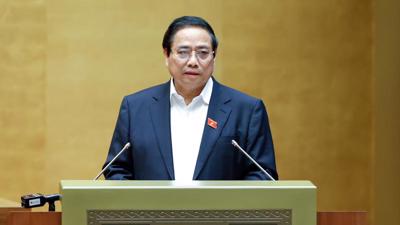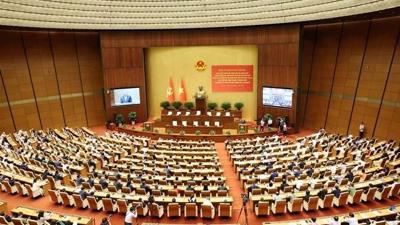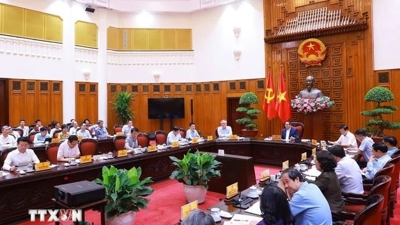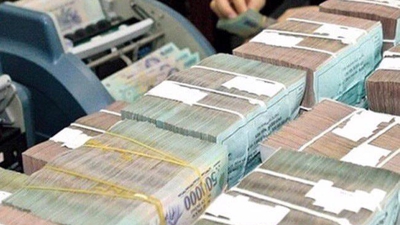Vietnam requires $16 -18 billion a year for investment in power projects through 2035
By 2030, the country’s commercial electricity consumption is expected to reach 500.4–557.8 billion kWh, rising to 1,237.7–1,375.1 billion kWh by 2050.
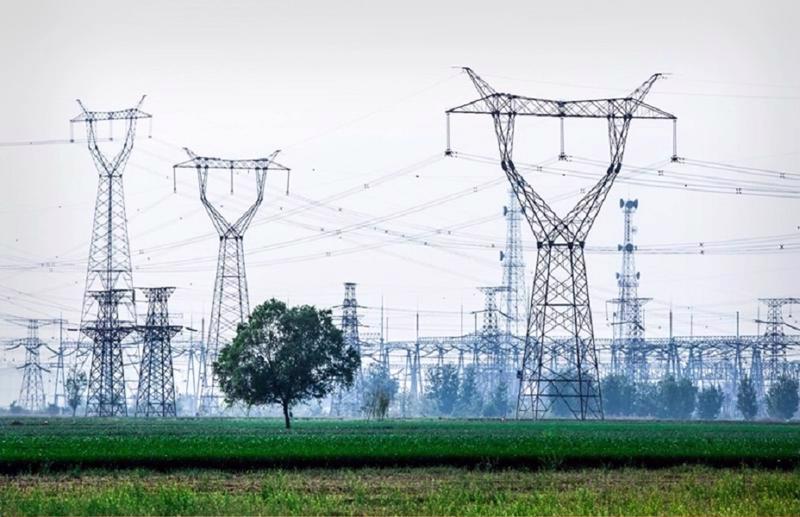
Vietnam will require an annual investment of around $16–18 billion from now until 2035 to implement its revised National Power Development Plan (PDP VIII), the Vietnam News Agency quoted the Ministry of Industry and Trade as reporting on May 2.
This amount will rise to approximately $20 billion per year thereafter.
The updated PDPVIII, approved under Prime Ministerial Decision No. 768/QD-TTg, dated April 15, 2025, outlines ambitious targets to ensure national energy security and meet economic growth demands.
The country aims to supply sufficient electricity to support average GDP growth of 10% per year between 2026 and 2030, and 7.5% per year from 2031 to 2050.
According to the updated PDPVIII, by 2030, Vietnam’s commercial electricity consumption is expected to reach 500.4–557.8 billion kWh, rising to 1,237.7–1,375.1 billion kWh by 2050. The total power generation and imports are projected at 560.4–624.6 billion kWh by 2030, with a 2050 forecast of 1,360.1–1,511.1 billion kWh.
Peak load capacity is forecast to hit 89,655–99,934MW by 2030 and 205,732–228,570MW by 2050.
The plan also places strong emphasis on reliability and resilience. It sets the goal of achieving N-1 reliability standards for critical load areas and N-2 for highly critical zones and nuclear power facilities by 2030.
N-1 means the power grid can handle the failure of one component without disruption, while N-2 ensures reliability even if two critical elements fail.
Vietnam is aiming to be among the top four ASEAN countries for electricity reliability and in the top three for ease of electricity access.
To support the plan’s rollout, Minister of Industry and Trade Nguyen Hong Dien has called on EVN and relevant agencies to review pricing regulations and adopt market-based electricity pricing mechanisms to attract investors. Local departments are tasked with updating local power projects in line with increased capacity projections in the revised PDP VIII.
The minister also urged stronger communication efforts to build public consensus around the plan and called for more frequent inspections of power generation and grid projects, to ensure timely implementation.
Authorities have been instructed to address project delays by replacing stalled developments with more feasible alternatives.
Vietnam is also pushing for increased rooftop solar adoption, aiming for 50% of office buildings and residential homes to use self-produced, self-consumed solar power by 2030 – without feeding back into the national grid.



